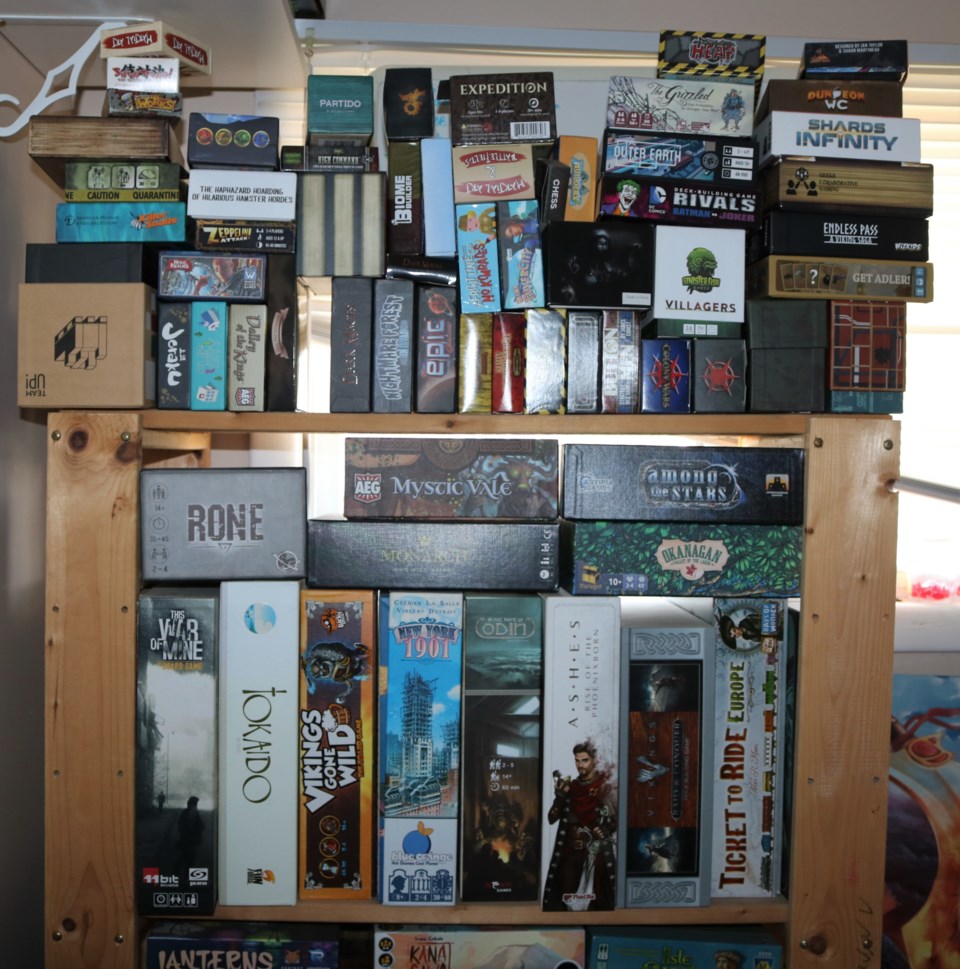YORKTON - When you pen reviews for a long period of time you will find yourself gravitating back to themes which have long held your interest.
Chess is a fantastic game, one which has been hugely popular for hundreds of years with top players such as reigning men’s world champion Magnus Carlsen, a veritable ‘rock star’.
It was back in 1967 at the Centennial Junior High School in Tisdale I first learned the game, guided a bit I recall by bud Gordon Glasgow, and then into noon hour game’s in the school library for most of the winter – still a better idea than texting on a cellphone I’d suggest.
I was OK among my peers, but other than a couple of years of lunch hour explorations have since been relegated to all too rare opportunities to play.
And, of course the flaw of chess is that opponents need to be well-matched, or the game is not particularly fun. If much better than the opponent there is a limited challenge, and if you are the weaker player the game pales as the chance to win diminishes.
Perhaps that is why chess variants have held my interest. They can, at least initially, even the playing field a bit, because they are often new to both players.
Or, the interests might just be that different which is good, whether it be the art on my walls, the sports I watch, the books I read or the music I listen too daily.
Once you step into the world of chess variants there are hundreds, from the simplest, such as Marseillais Chess which allows two moves per turn, to huge board efforts with multiple new pieces that are frankly too complicated for me to contemplate closely.
There are a few, of course, which stand out for me, Plunder, Omega and Grand chess among them, liked because they offer new aspects without going too far overboard.
I am also intrigued when someone takes the time to completely rebuild the game, putting a new face on chess with a ‘story’ behind the changes.
That brings me to Caissa Britiania, (originally British Chess) by designer Fergus Duniho.
“Caïssa Britannia, originally known as British Chess, is based on an idea I had in 2001 to create a British-themed Chess variant with Lions, Unicorns, Dragons, and a royal Queen,” wrote Duniho in a posting on the game at www.chessvariants.com
Duniho started from an interesting perspective with the idea Lions, Unicorns, and Dragons are respectively the heraldic animals for England, Scotland, and Wales. The Queen is the royal piece, because the current British monarch is a Queen.
The process of creation makes logical sense.
“Although the name of British Chess directly reflects the idea behind this game, it will be less appropriate when the monarch is once again a King. Because of this, British Chess also bears the alternate latin name of Caïssa Britannia. This name better reflects the Queen-centered nature of this game. This name suggests a royal Queen, as Caïssa is the name for the female personification of Chess, sometimes regarded as the muse or goddess of Chess, and Britannia is the name for the female personification of Britain,” he wrote.
So the key pieces are:
Dragon - This piece was created by Fergus Duniho for this game. It is a compound of an Alfilrider and a Dabbabarider. It may make any number of consecutive two-space leaps in the same radial direction, so long as each leap except the last lands on an empty space. It may cover only a quarter of the board, which makes it weaker than other pieces, but its powers of movement do make it invulnerable to attacks from the Queen beyond a two-space perimeter. Since a Queen may not pass through check, it must already be within two spaces of a Dragon to capture it.
Unicorn - The Unicorn was created by David Paulovich for Unicorn Chess. This piece moves as a Bishop or a Nightrider. It may ride on diagonal lines like a Bishop, or may make consecutive Knight leaps in the same direction until it captures a piece or is blocked.
Lion - The Lion was created by T. R. Dawson, who called it a Leo. The Lion moves as a Cannon or a Vao. In other words, it moves as a Rook or a Bishop, except that it must jump an intervening piece, called a screen, to capture another piece.
The king gets a big change here too, becoming the Prince Consort - The Prince Consort is the Queen's husband. It replaces the King from Chess. The Prince Consort may capture by moving one space in any radial direction, or it may slide like a Rook or Bishop without capturing. Although it has only short-range powers of capture, its power to capture a piece on any adjacent space is enough to make it invulnerable to long-range attacks from a Queen. Since a Queen cannot pass through check, it cannot capture a Prince Consort unless the Prince Consort has already moved adjacent to it.
To facilitate the broader array of pieces this chess variant is played on a 10X10 board.
There are other rule tweaks too, as should be expected in a complete rebuild, but the pieces above provide a good look into what the creator was trying to do.
Of course part of the fun with this one was ‘bodgering’ the pieces. The dragon and lions were dollar store finds, the heads coming from children’s toys, then mounted on hijacked chess pieces and paints -- the unicorn simply a knight with a toothpick for a horn.
Was the effort worth it?
Well bodgering is a fun aspect of gaming for me, so yes, but in pure chess terms it might be a bit of a stretch in terms of time spent. That said, find a bud who is willing to really delve into a variant for play, then this one offers an interesting take of the ancient game.





